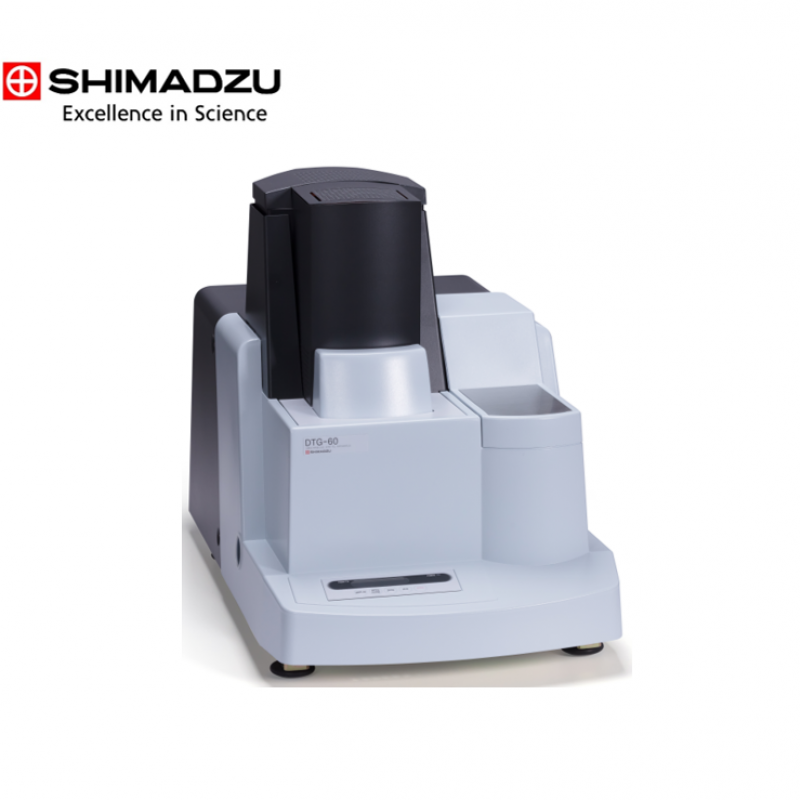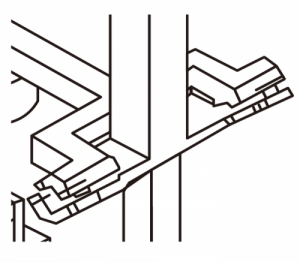
Simultaneous TG/DTA Thermal Analyzer (STA) improves ease of operation, sensitivity and analytical accuracy of conventional stand-alone systems.
The Roberval mechanism has been adopted, so that the sensitivity does not change due to changes in the center of gravity of the sample caused by melting, etc.
Regardless of where the sample is placed in the detector pan, the sensitivity of the balance remains constant. The sensitivity does not change due to changes in the center of gravity of the sample caused by melting or expansion due to heating.

With a simple balance, the measurement varies depending on the position in which the sample is placed. There is a possibility that the result will change every measurement, so the reproducibility is low. When the beam is heated in the furnace the distance between the fulcrum and the sample changes due to thermal expansion, so the measurement changes. If the center of gravity of the sample varies during measurement due to melting or expansion caused by heating, then the measurement will change.
On the other hand, the Roberval balance has a parallelogram frame structure with freely moving sides, as shown in Fig. B. If pans are placed on its vertical beams and the sample and weight are placed on top of these pans, they will be balanced regardless of where the sample and weight are placed if their masses are the same. The sample may be placed anywhere on the pan.

With TG/DTA measurement, qualitative and quantitative analysis, the study of reaction mechanisms, and evaluation of thermal resistance can be carried out by observation of various types of reactions and interactions between the sample and special atmosphere gases. With the DTG-60 Series, various applications are supported by configuring individual flow channels. There is one gas inlet, so the gas can be led directly to the sample, and time is not required for the reaction.
The thermogravimetric (TG) measurement range is broad at ±500 mg, with a weighing capacity of 1 g (including tare weight), so it can be used for diverse measurements.